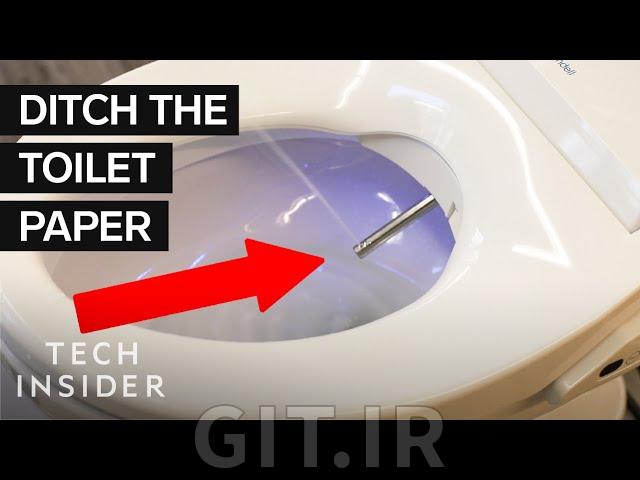این نقشه نشان می دهد که در مریخ کجا زندگی خواهیم کرد
اکنون بیش از هر زمان دیگری به فرود روی مریخ نزدیک شده ایم. شرکت های خصوصی مانند SpaceX به موفقیت های جدیدی در علم موشک دست یافته اند که نمونه هایی از آنها را هرگز ندیده ایم. اما موشک ها فقط ما را تا اینجا می برند. مشکلات بیشتر منحصر به مریخ هستند که هنوز مانع ما هستند. یکی از آنها "کجا زندگی می کنیم؟" مریخ یک بیابان متروک است تقریباً هر کجا که نگاه کنید. اینطور نیست که اقیانوس یا کوهستانی پوشیده از برف در آن وجود داشته باشد.
We’re closer to landing on Mars now than ever before. Private companies like SpaceX are achieving new feats in rocket science the likes of which we’ve never seen. But rockets will only take us so far. There are more problems unique to Mars that still stand in our way. One of them is “Where would we live?” Mars is a desolate desert pretty much no matter where you look. It’s not like there are any oceans or snow-capped mountains to help us decide where to settle down. But that hasn’t stopped this guy from trying to figure it out.
Wieger Wamelink: I’m Wieger Wamelink from the Wageningen University & Research in the Netherlands and I’m the principal researcher for Food in Mars and Moon project. And our main goal is to investigate if it is possible to grow crops on Mars and Moon soil for people when they go over there and live there.
Wamelink and his colleague Line Schug have actually made a map of where we should live on Mars. The map accounts for radiation levels, climate, terrain, and -- perhaps most importantly -- the soil.
Wamelink: We looked at what nutrients were in the soil, for example, magnesium and calcium and also all the nourishments like phosphates and nitrates so what you would normally expect in manure. And we also looked at the amount of ice that is available. It’s not the same everywhere on Mars. There are areas where there is almost no ice on Mars and there are areas where there’s a lot of ice.
The most habitable places are labeled in dark blue on the map. And we’re pretty familiar with some of these locations. For example, Acidalia Planitia is just north of where NASA’s Viking 1 and Mars Pathfinder landed. However, it looks like we should probably steer clear of Mars’ inactive volcanoes like Olympus Mons and Elysium Mons. But how does Wamelink know whether crops will grow at all on Mars? Take a look at his Mars garden. The conditions in the soil here are as similar as possible to what we might find on Mars. He’s been harvesting it for the last 5 years. And he’s had some amazing success so far.
Wamelink: It’s been a big surprise from the beginning that many plants are able to grow on it… The growth is almost the same as if you would have used a normal potting soil from earth. It’s not completely the same but we are getting there. We had huge harvest of green beans, also tomatoes, the carrots are growing fine, even potatoes. So many different crops that’s able to grow.
Wamelink hopes that his work will help lay the foundations for the first Martian farms. After all, it’s not like we can send regular food payloads to Mars. It takes about 10 months to get there, and practical launch windows only open once every two years. On top of that, astronauts can only bring so much freeze-dried food with them. So, they’ll have to learn to grow their own food indoors on Mars if we’re ever going to live there for long periods of time.
But Wamelink hasn’t just been growing plants – he’s also figured out how to make the process as efficient and successful as possible. The secret? Earthworms. That’s right, earthworms might be some of the first living things on Mars next to humans.
Wamelink: When you are on Mars, you want to have a closed system so everything has to be reused … and worms help with that.
Earthworms feed on the dead, decaying parts of plants that we won’t eat, but that’s still an essential part of the system. They break the plant matter down during digestion, so that when they return it to the soil it actually makes the soil more fertile. But the most surprising thing was that they could survive in the Martian soil in the first place.
Wamelink: The biggest surprise was that first of all, they survived because we know that Martian soil is rather sharp, they have really sharp edges when you look at it under a microscope. And since the worms eat the soil, they get it into their gut and it’s same as humans eating a glass that is broken. … And I expected worms may get hurt by it. But apparently, they are able to cope with it and they survived. They didn’t just survive, they had some offspring and that was the big surprise for us.
One of Wamelink’s next big experiments is to perfect the Martian potato. Turns out, potatoes grow extremely well in Wamelink’s garden. But they just don’t grow to be very large.
Wamelink: And that’s something we have to solve because then you get potatoes that are very small and not very tasty and that is what we are going to try and solve in the greenhouse this year with a special variety of potatoes.











